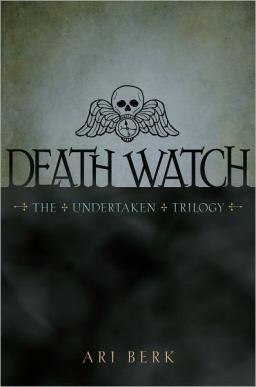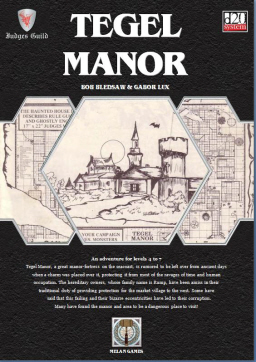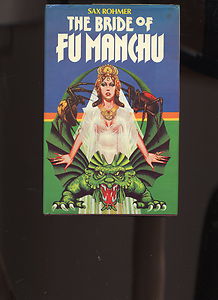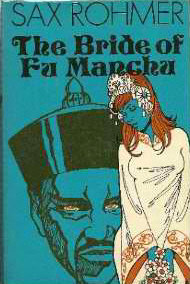The Weird of Oz Recalls his First Visit to Barsoom
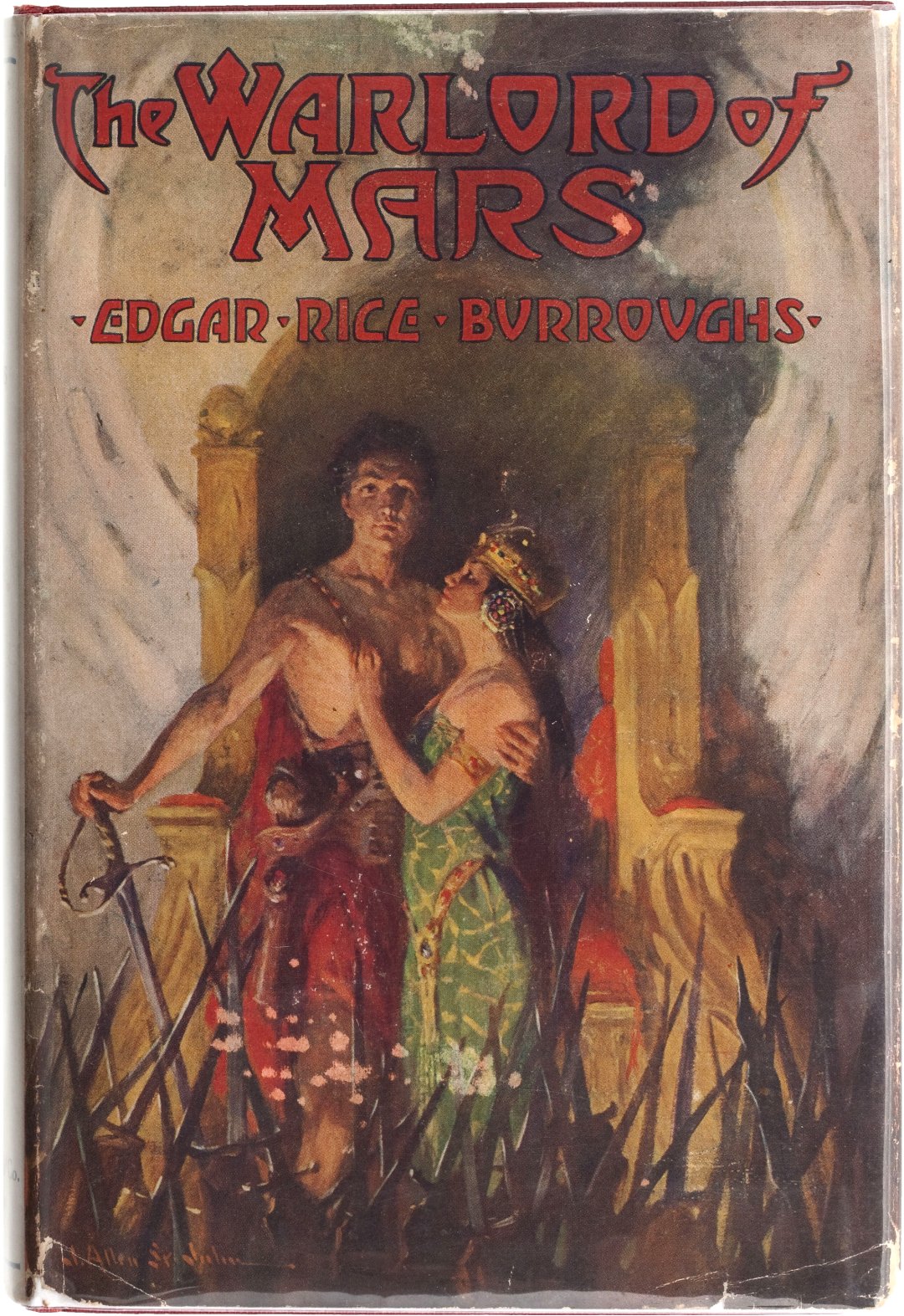 By the time I was in the third grade, I was reading a little bit of everything (still do). From Zorro to The Hardy Boys to Pippi Longstocking, I gave everything a try. But already I was being drawn more strongly to works of speculative fiction, especially heroic fantasy. The year before, I’d gotten hooked on C.S. Lewis’s Chronicles of Narnia.
By the time I was in the third grade, I was reading a little bit of everything (still do). From Zorro to The Hardy Boys to Pippi Longstocking, I gave everything a try. But already I was being drawn more strongly to works of speculative fiction, especially heroic fantasy. The year before, I’d gotten hooked on C.S. Lewis’s Chronicles of Narnia.
I often did my best bouts of reading after I’d been tucked into bed and the lights were out. I’d sneak down by the door, sprawl out on the carpet, and read by the narrow band of light coming in from the bathroom down the hall (my mother would leave it on as a nightlight). On one particular night, I chose an old hardcover that I’d taken off my Granddad’s shelf. Whatever dust jacket had once adorned its fraying red cloth was long since lost, and the pages were becoming yellow and brittle. I gently opened to the first page and read these words:
In the shadows of the forest that flanks the crimson plain by the side of the Lost Sea of Korus in the Valley Dor, beneath the hurtling moons of Mars, speeding their meteoric way close above the bosom of the dying planet, I crept stealthily along the trail of a shadowy form that hugged the darker places with a persistency that proclaimed the sinister nature of its errand.
These are the first words of The Warlord of Mars (1919) by Edgar Rice Burroughs.
This happens to be the third book in the Barsoom series, so I had no idea what was going on. But “the shadows of the forest that flanks the crimson plain,” the “Lost Sea of Korus,” the “Valley Dor,” and the “dying planet” piqued a part of my brain that wanted to explore, as the voice at the beginning of Star Trek used to announce, “strange new worlds.” And then that sudden telescoping in on the “shadowy form” on a sinister errand…I was hooked. I was on my way to Mars — or Barsoom, as its inhabitants called it.
